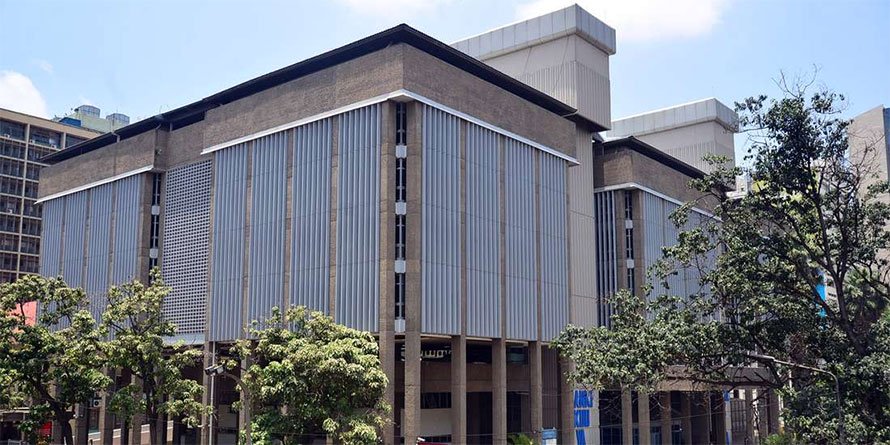By Judy Maina
NAIROBI, Kenya – In a bold attempt to reinvigorate Kenya’s flagging economy, the Central Bank of Kenya cut its benchmark interest rate to 11.25 percent in late December, marking the third rate cut in less than a year and signaling an aggressive shift toward monetary easing.
The decision by the Central Bank’s Monetary Policy Committee came amid a confluence of pressures: a slowdown in private sector lending, tepid GDP growth, and rising concern over the stubborn gap between policy rates and commercial lending rates.
While inflation has remained within target—hovering at 2.8 percent in November 2024—Kenyan consumers and small businesses have seen little relief in borrowing costs, with bank lending rates remaining well above 16 percent.
“The cut was necessary to support lending and stimulate economic activity,” said CBK Governor Kamau Thugge during a press briefing in Nairobi. “But we are aware that transmission remains weak, and we are working with banks to improve this.”
The rate reduction follows months of subdued private sector credit growth, despite earlier cuts in the benchmark rate. Economists say the stickiness of commercial rates points to structural inefficiencies in the banking system, including risk-based pricing models that have yet to adjust to the easing environment.
“The central bank is loosening, but commercial banks aren’t following suit,” said Linda Naliaka, an economist at Nairobi’s Institute for Public Finance. “There’s a disconnect, and it’s undermining the policy’s impact.”
The government, for its part, has welcomed the central bank’s move as it looks to stimulate investment and job creation. President William Ruto’s administration is banking on improved liquidity to drive growth in key sectors like construction, agriculture, and manufacturing, all of which recorded sluggish performance in 2024.
Kenya’s economy grew 4.7 percent last year, a dip from 5.7 percent in 2023, according to official data released last week.
The central bank now projects a rebound to 5.4 percent in 2025, contingent on improved lending, investor confidence, and favorable weather patterns.
Still, skeptics warn that rate cuts alone may not be enough to unlock credit. “There needs to be regulatory nudging, maybe even moral suasion, to get banks to align with CBK policy,” said Stephen Otieno, a financial analyst at Rich Management. “Otherwise, we’re just lowering rates on paper.”
With Treasury bill rates also trending downward—the 91-day bill dropped to 10.32 percent from a high of 15.7 percent last year—the CBK is signaling a long-term bet on stability and growth, even as global markets remain volatile.
For now, small businesses and ordinary Kenyans await the day when cheaper credit is more than just a headline.





